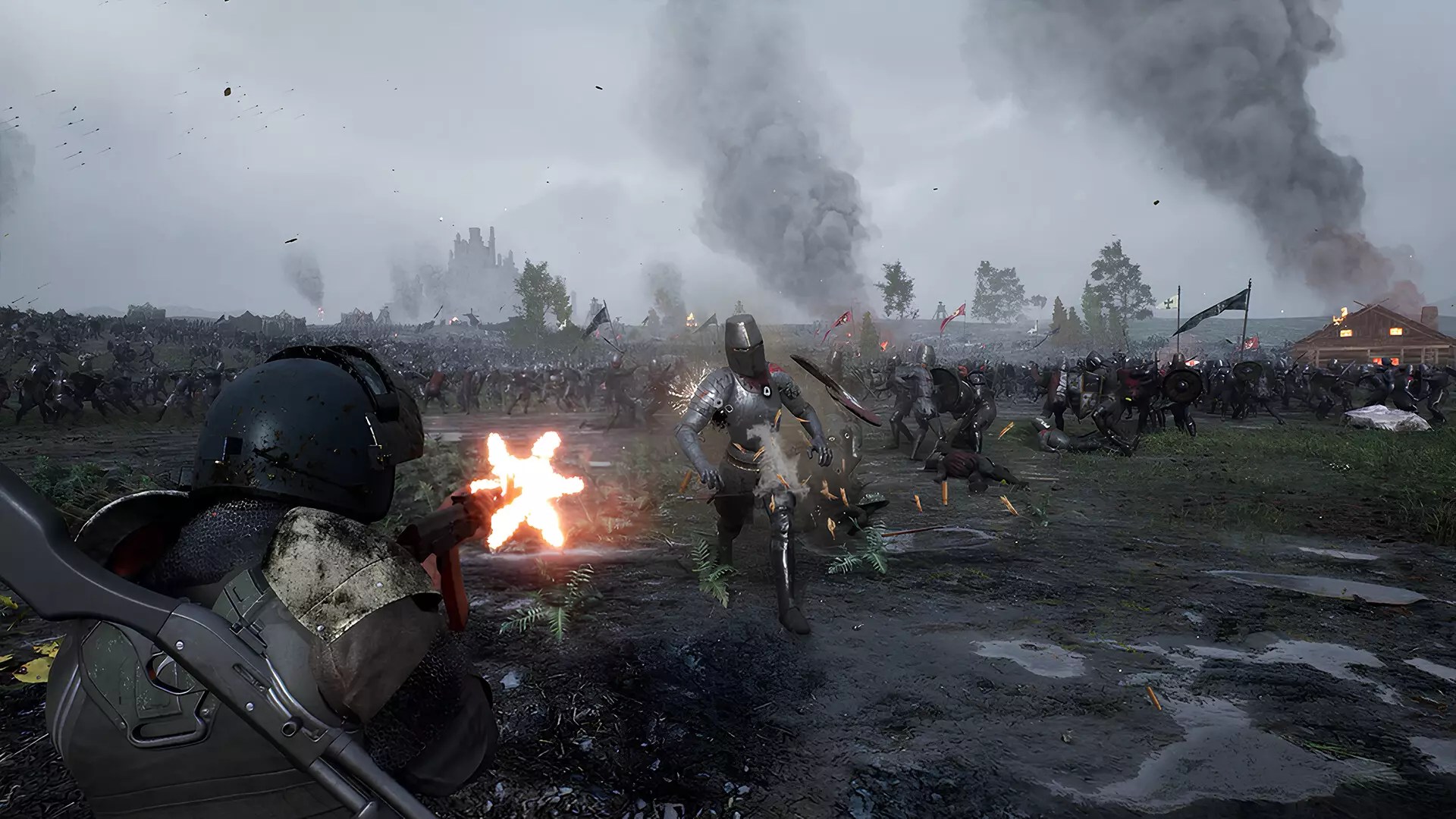With the ever-evolving landscape of gaming technology, the announcement of Kingmakers’ system requirements has sent ripples of excitement through the gaming community. Built using the powerhouse Unreal Engine 5, this game has the ambitious aim of delivering an immersive experience without overwhelming the average player’s rig. The requirements call for a 10th Gen Intel Core i5 or equivalent, alongside an NVIDIA RTX 2060 for minimum settings. For many gamers, this means that even a budget or mid-range system from a few years back can handle it without breaking a sweat. It’s refreshing to see a title that plays as promisingly as it seems while being accessible to a broader audience.
The specifications also reveal a crucial insight into the developers’ priorities: they want to strike a balance between graphical fidelity and functionality. Understanding that gamers often find it challenging to keep up with rapidly advancing technology, the choice to set such reasonable minimum requirements is a calculated move. Their target audience is not solely composed of high-end PC enthusiasts but includes gamers who may not have updated their hardware since the early part of the decade. This is a strategic choice that points to an effort to cultivate a larger player base.
Storage Space and RAM: A Modern Challenge
Among the requirements, one of the most intriguing is the storage space — a hefty 80 GB needed for installation. This figure raises eyebrows, particularly because it could potentially alienate players with more limited storage capacity. While modern games often require substantial disk space, the move to demand 80 GB for a title where systems are relatively lax in other aspects shows a dichotomy that could create accessibility issues. Gamers must now grapple with the reality of prioritizing their game libraries; managing storage has become a ritualistic challenge in the gaming world today.
As for the 8 GB memory requirement, it stands in stark contrast to games of similar scales launched previously. One might see this as generous—or even innovative—but the challenge persists: how many modern gamers are on systems with limited RAM? As much as we love to celebrate affordability, if developers continue to push the limits of storage and memory without offering streamlined solutions, they risk alienating casual gaming enthusiasts.
The Conundrum of Missing Specifications
One of the notable oddities in this announcement is the absence of system requirements on platforms like Steam, compounded by the lack of AMD specifications for both CPUs and GPUs. It hints at an inconsistency that could sow seeds of confusion among the gaming populace. This omission raises valid questions regarding transparency and the developers’ strategy. As gamers often turn to quality, community-driven platforms like Steam for insight, the absence of clear requirements may inadvertently create distrust.
Are AMD users being sidelined, or is it merely an oversight? Without direct answers, speculation ensues, and gamers understandably feel left out. Moving forward, clarity in communication will be paramount. If developers wish to maintain a patron-client relationship with their audience, they must prioritize transparency and ensure that all system specs, regardless of CPU or GPU brand, are clearly articulated.
An Ambitious Blend of Genres
Kingmakers promises an engaging blend of action and real-time strategy, situating players in epic medieval battles while introducing innovative elements, such as time-bending mechanics. This distinct combination resonates with anyone who has ever fantasized about a fusion between swordplay and gunfire. However, this ambitious design raises a critical question: with such a diverse array of gameplay mechanics, can Kingmakers truly deliver on both the action front and strategic gameplay?
The early trailers, while visually striking, have sparked debates within the community about graphical quality and performance. Although they offer a picturesque glimpse of the in-game world, some viewers noted a graininess that detracts from the immersiveness. Is this a temporary glitch or a deeper-rooted issue with Unreal Engine 5? For a game aiming to establish itself in a competitive genre, maintaining high visual fidelity should go hand-in-hand with solid mechanics.
Furthermore, as the early access phase draws near, the anticipation builds. Players eagerly await more information regarding gameplay mechanics, stability, and how well the game will run across different hardware configurations. The countdown to launch is rife with optimism – many players hope they won’t need to scramble for upgrades to join the fray. The potential is vast; whether it meets expectations or falls short remains to be seen.


Leave a Reply